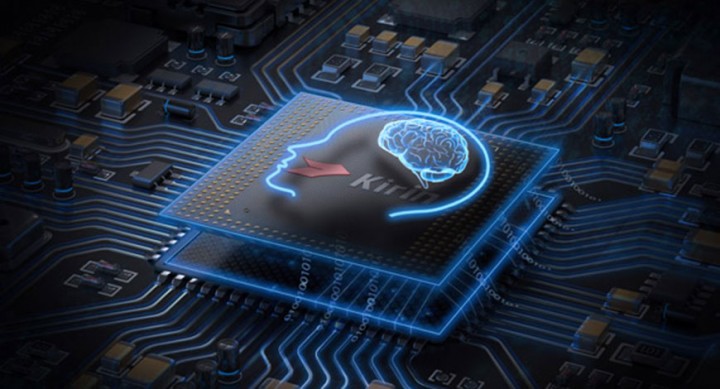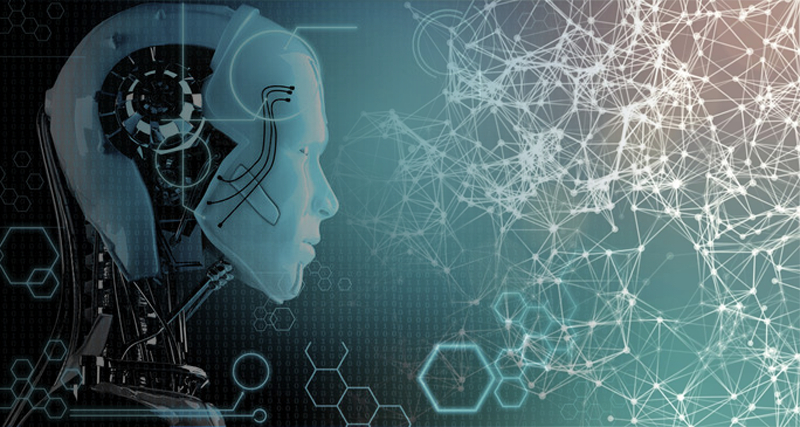Artificial intelligence is poised to revolutionize the economy. By 2030, AI will add a staggering $15.7 trillion to the world’s economy, equivalent to 13 times the size of the Australian economy, PricewaterhouseCoopers projects. This will include $7 trillion added to the Chinese economy and $3.7 trillion added to the North American economy. Manufacturing, professional services and retail are a few of the industries that will feel the biggest impact, along with public services, communication, financial services and construction. Here’s a closer look at how advances in artificial intelligence are paving the way for an economic revolution.
The Emergence of Cloud-based Artificial Intelligence

Last year, one of the biggest trends in artificial intelligence was the expansion of major cloud providers into AI. Amazon has taken a lead with its AWS Amazon Cloud Service, which combines Amazon’s cloud-based infrastructure services with AI capability. Amazon’s cloud service now features an AI development environment that integrates directly into its cloud platform. It also supports AI-powered tools that can process natural language, performing tasks such as translating audio files into text and translating between languages.
Microsoft and Google have also taken leading positions in the cloud-based AI market. Cloud resources allow companies that otherwise lack sufficient computing power to run AI applications to tap into the power of large providers like Amazon. This allows even small companies to run sophisticated AI applications, which is why the emergence of cloud-based AI has been such a major development.
The Rise of On-device AI
While cloud-based artificial intelligence has helped introduce AI to a mainstream market, it is already being upstaged by the next major step in AI development: AI that runs on mobile devices. The latest mobile phones are designed to be fast enough to support 5G connection speeds, which also makes them powerful enough to support AI applications. This allows some AI applications to be run directly on-device without the need to wait for downloading and uploading between the cloud.

This capability makes the latest generation of mobile devices capable of supporting artificial intelligence applications that would have been too slow to run from the cloud. For instance, Qualcomm’s AI Platform supports applications such as smart photo focusing, virtual reality, facial recognition and natural speech recognition. Qualcomm’s platform also uses artificial intelligence for real-time automated security threat detection, using AI to enhance device security. On-device AI will become standard on mobile devices over the next few years, making AI applications even more widespread than they already are.
AI and the Internet of Things
One profound transformation that on-device AI will promote is the extension of AI to the Internet of Things. In conjunction with 5G connection speeds, on-device AI will make artificial intelligence applications practical for virtually any device connected to the Internet, not just smartphones.
For example, connected cars will rely on on-device AI and 5G to process navigational data gathered from road signs and other vehicles, laying the groundwork for a surge in autonomous vehicle sales. Smart factories will use on-device AI to measure factory conditions such as temperature and humidity in order to adjust these conditions to optimize performance, reducing maintenance costs by 5 to 10 percent, Deloitte estimates.

Cloud-based AI, on-device AI and Internet of Things AI applications are three developments on the cutting edge of artificial intelligence today. Together these trends are making artificial intelligence universally available on the cloud, on mobile devices, and on other devices connected to the Internet of Things, setting the stage for an AI transformation of the global economy.
